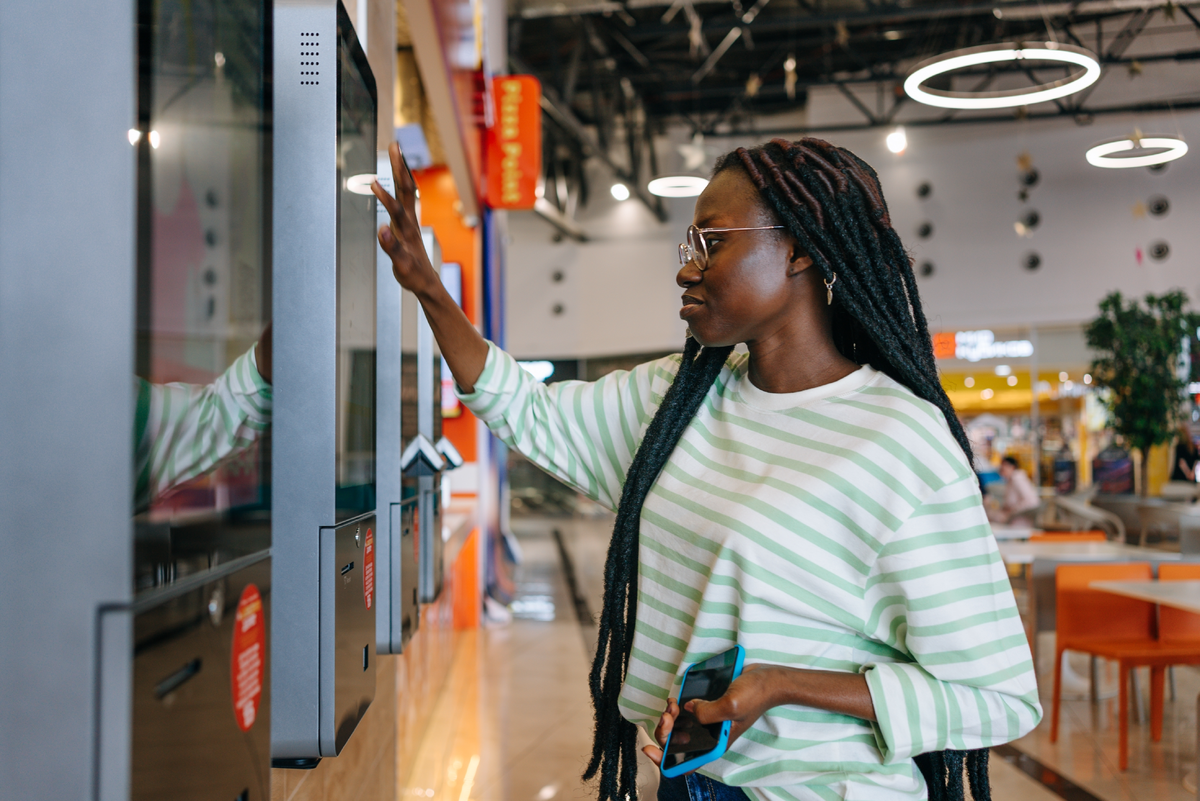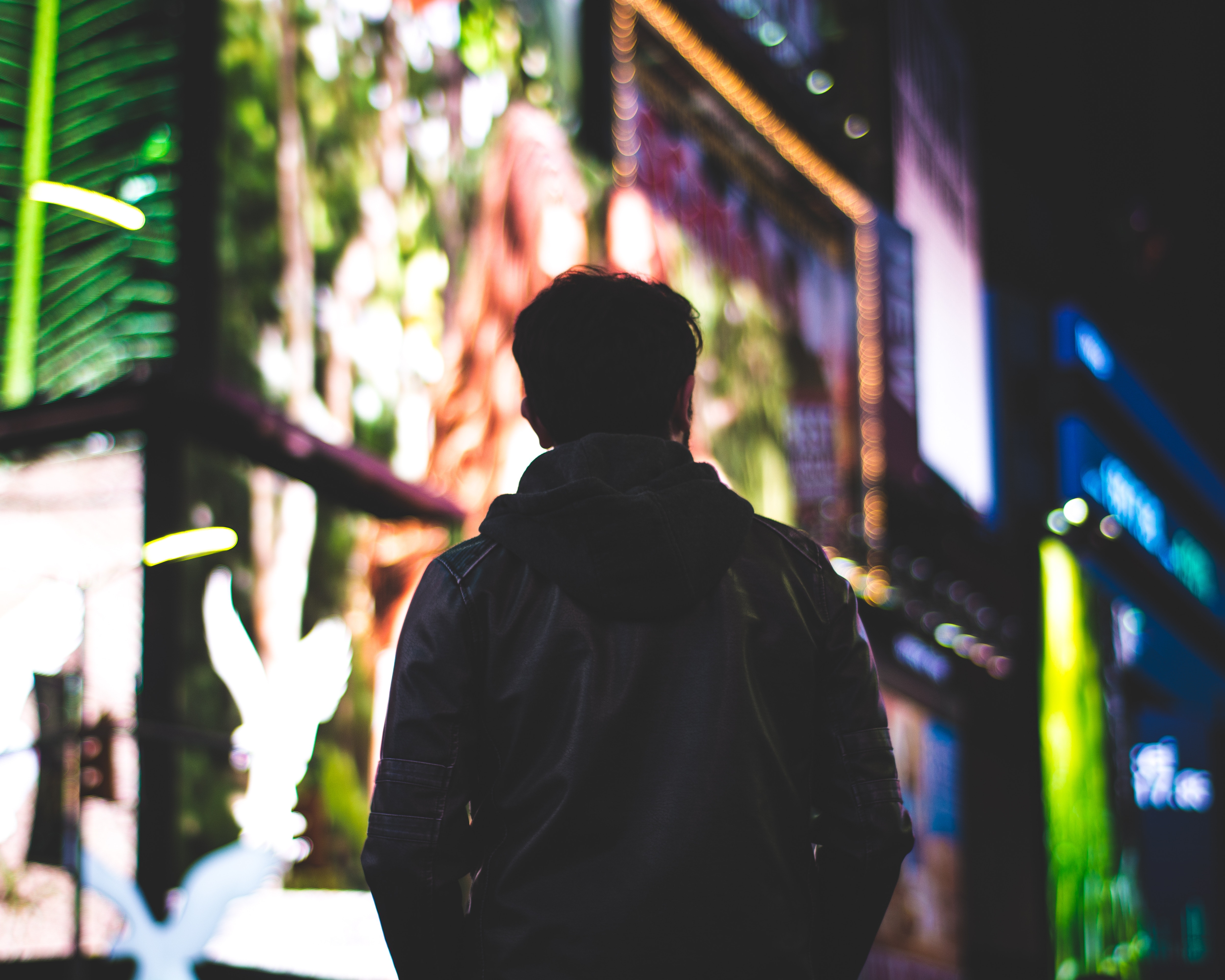The Pandemic Accelerates Quick-Service Restaurants to Embrace the Digital Age
The Pandemic Accelerates Quick-Service Restaurants to Embrace the Digital Age
- September 20, 2021 at 9:30 AM EDT
- By Krystle Murphy, Audiovisual and Integrated Experience Association (AVIXA)
For social distancing reasons, the strategy has shifted away from the dine-in experience to drive-thru, delivery and pickup services. QSRs are expanding their drive-thru service by adding more lanes for customers. They’re also creating separate speed lanes for delivery services like DoorDash, GrubHub and Uber Eats. In addition, they’re also embracing BOPIS (buy online, pick up in-store) — that way, the food is ready when customers arrive, reducing the time spent inside the restaurant or in a typical drive-thru lane.
To facilitate these different modes of operation, technology is key — from the mobile phone in the consumer’s hand to the digital sign in the drive-thru lane. Tech solutions not only make the experience possible but can make it exceptional for consumers and lucrative for QSRs.
“For decades, the drive-thru experience has remained largely unchanged — whether through conventional or digital signage, a customer drives up to a menu with a fixed presentation of products,” says Rodrick Glass, EVP of QSR Digital Strategy at Creative Realities, a digital solutions company specializing in technology integration. “Yes, brighter screens and enhanced animation have been added, but the basic experience largely remains the same.”
The drive-thru has the opportunity to provide a more personalized and customized experience through the power of online ordering, geofencing, beacons, voice and gesture. By combining geofencing with online, restaurants can estimate when to prepare the customer’s order based on their distance from the store, according to Glass. With Bluetooth beacons and mobile apps, personal messages can welcome returning customers, recommend products based on their profiles and provide rewards.
According to a report by mystery shopping agency SeeLevel HX, digital menu boards resulted in faster drive-thru times, shaving off an average of 12.3 seconds. SeeLevel HX estimates that a digital menu board could result in nearly $28,000 in savings annually per location.
Walk-up ordering at kiosks is also an increasingly prevalent feature at restaurants. For health concerns, they’re looking for touchless solutions. While gesture and voice control are safer methods than touch screens, there are drawbacks.
“Ambient noise and dialects can cause hiccups for voice control, and with gesture, there’s a tendency for customers to still touch the screen,” says Glass.
A popular solution is utilizing QR codes, which enable customers to use their mobile phone to browse menus and make orders. This puts the control back in the customer’s hands — reducing interaction with public devices.
Taco Bell just announced it’s about to break ground on a new restaurant that reimagines the drive-thru experience. It will feature four lanes, three of which are dedicated to mobile or delivery order pickups for customers who order through the Taco Bell app and third-party delivery services. Digital check-in screens will allow mobile order customers to scan in their order with a unique QR code. After driving forward, food is delivered contactlessly via a lift system, while two-way audio and video technology lets customers interact directly with staff.
While the pandemic required restaurants to adapt, many of these methods are becoming preferred by consumers and likely will live on for years to come. People want convenience and companies that deliver it will be rewarded with customer loyalty.
Overall, the hospitality industry — hotels, bars, and restaurants — is forecast to spend $8.8 billion globally on professional audiovisual technology solutions in 2021, according to research from the Audiovisual and Integrated Experience Association (AVIXA). Undoubtedly, the places where we frequently go for a meal are embracing the digital age.
Krystle Murphy is the Communications Manager for the Audiovisual and Integrated Experience Association (AVIXA), which produces InfoComm trade shows around the world, co-owns Integrated Systems Europe and is the international trade association representing the audiovisual industry. Murphy shares stories about the power that audiovisual solutions have in changing the way people experience the world. During her career, she has worked with a wide range of publications, including National Geographic, The New York Times and Real Simple magazine. She has also led communications efforts for major company milestones such as mergers and acquisitions, international expansions and rebrands.

Share this
You May Also Like
These Related Stories

How Quick Service Restaurants Can Use Retail Media Networks to Turn Screens into Sales Machines

With return to in-person: Digital signage follows





